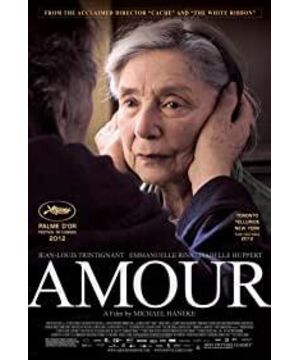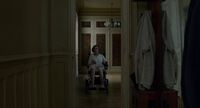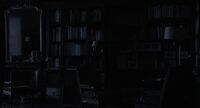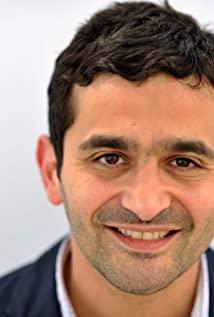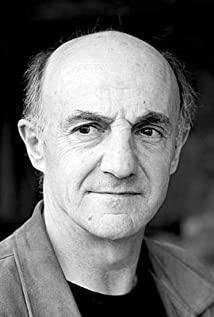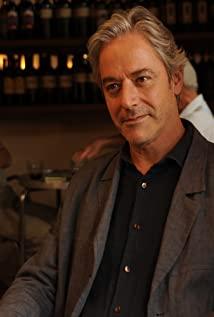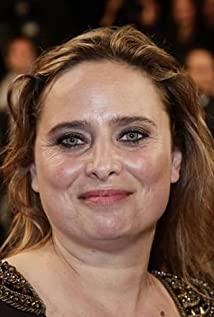Ivanov's remarks on symbols: "Symbols are real only in the sense that they are inexhaustible and inexhaustible, when they express, through cryptic utterances, an inner meaning that cannot be expressed by suggestion and the surface of language. It has multiple faces, multiple meanings, and is always hidden in the deepest depths. It is like a crystal and has an orderly structure. It is even like a single-celled creature, which is different from complex metaphors, allegories, metaphors... The symbol cannot be said. , inexplicable, in the face of its perfect meaning, we will only feel helpless." Tarkovsky believes that the image in the film is the artist's poetic and precise observation of life, and his simplicity has rich connotations. (Instead of metaphors, he is very disgusted with stereotyped metaphors), the more accurate the image is, the less able it is to cover him with a certain abstract concept. He is able to touch our deepest feelings, remind us of personal experiences and vague memories, shock us, and send waves inside us like an apocalypse. He is like a drop of water, but it can reflect the whole world, but it can reflect eternity in a moment. The image of this dove can guide people to propose various metaphors such as life and freedom, but it cannot point to any precise interpretation. He is already vivid enough to represent the director's precise observation of life. The director just described the chemical reaction of a man who had just killed his partner and encountered a pigeon when writing a suicide note. He accurately grasped the male protagonist's psychology and behavior (this is not easy, because what an ordinary experience) as if such a person should do such a thing in this situation. Therefore, when the director used a long shot to show the whole process of the male protagonist catching the pigeon, the scene directly crossed the rationality in our minds and hit our hearts. We will try to analyze the pigeon afterwards, but any analysis seems to be insignificant in the face of the most realistic artistic image.
Tarkovsky also cites some examples in the book that he considers "vivid", and coincidentally, there is a story about a dying man's situation: "A group of rebels is about to be shot. They waited in a puddle in the corner of the hospital. Autumn. They took off their uniform coat and boots as ordered. One of them walked for a long time in the mud puddle in torn socks, just to find a dry place to put him down and never use it again The coat and boots.” Tarkovsky praised the vividness and authenticity of the scene, and if this scene was shot with a long shot, I believe it can evoke some similar feelings to the scene of catching the pigeon.
In fact, not only this pigeon, but the whole film presents the two most core artistic images-love and death in the most sincere and direct way. No exaggeration, no pretentiousness, no dog blood, just calm and restrained shots and the director's precise depictions. Closed spaces, few characters, and simple events can outline the true face of love and death. It doesn't sound difficult, but as we usually see a pigeon, we don't have the same feeling when we see the pigeon in the movie - the pigeon is only in a specific time and space in the movie. It works. Even if we have had various experiences about death and heard many similar stories, we cannot accurately depict the real image of life through the camera like a master artist like Haneke. As Tarkovsky wrote, only those who are truly geniuses can record precisely the tiniest changes in real life, opening up the possibility for us to act with infinity, to make our emotions and intellects alike. In the infinite in the joy and rush.
View more about Amour reviews


